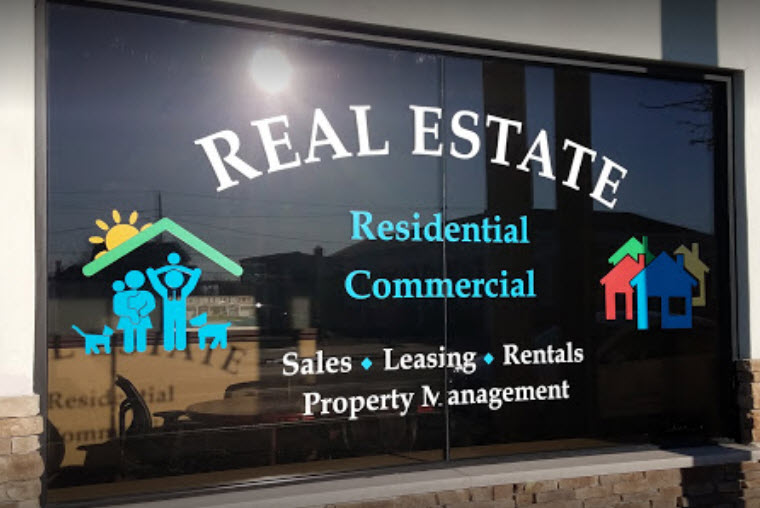
NAR Lawsuit Settlement: What Long Island Home Sellers and Long Island Home Buyers Need to Know
How the NAR Lawsuit Impacts Long Island Home Sales: What You Need to Know
The recent lawsuit and settlement involving the National Association of Realtors (NAR) have sent shockwaves through the real estate industry. This landmark case, rooted in antitrust allegations, is poised to reshape how homebuyers, sellers, and agents navigate transactions. For Long Island homeowners, understanding the implications of this lawsuit is critical to making informed decisions.
Key Points from the NAR Lawsuit
The lawsuit centered around alleged price-fixing practices, specifically concerning the commission structures within Multiple Listing Services (MLS). While the settlement aimed to address antitrust concerns, it also left many questions unanswered for homeowners and buyers. Let’s explore the impacts and address some common questions.
1. What Was the NAR Lawsuit About?
The NAR lawsuit was primarily about alleged antitrust violations. Attorneys argued that the MLS commission structure, which standardized commission splits across agencies, constituted price-fixing. This practice, they claimed, limited competition and inflated costs for consumers.
However, the lawsuit did not find that real estate agents engaged in fraudulent or unethical behavior. Instead, it pinpointed the MLS system’s structure as the central issue. The settlement requires changes, including removing the buyer agent commission disclosure from MLS listings, which could fundamentally alter buyer-agent compensation models.
2. How Will This Affect Long Island Home Sales?
For Long Island homeowners, the lawsuit’s impact revolves around commission transparency and buyer behavior:
- Buyer Agent Compensation: Buyers may now need to negotiate or pay their agent’s commission directly. This could shrink the pool of eligible buyers for higher-priced homes, potentially influencing sale prices.
- Seller Strategies: To attract buyers, Long Island sellers might choose to cover buyer-agent commissions themselves. This could increase buyer interest, simplify negotiations, and expedite sales.
- Market Dynamics: While the lawsuit won’t directly lower home values, changes in commission structures could shift buyer affordability and indirectly pressure home prices.
3. Do Real Estate Commissions on Long Island Reflect Value?
Real estate commissions on Long Island are negotiable, typically ranging between 4% and 6%. Here’s why they matter:
- Agent Expertise: Agents invest in marketing, staging, and negotiating, often spending thousands upfront with no guarantee of reimbursement.
- Market Knowledge: Long Island’s competitive market demands skilled agents who understand local trends and pricing dynamics.
- Performance-Based Pay: Unlike salaried roles, real estate agents only earn commissions upon closing a sale, incentivizing high performance.
FAQs About the NAR Lawsuit and Long Island Real Estate
1. Will the lawsuit reduce my home’s value?
No, the lawsuit does not directly impact home values. Real estate prices are driven by market conditions, not commission structures. However, shifts in buyer-agent compensation could influence buyer affordability.
2. Do I need to pay the buyer’s agent commission as a seller?
While not required, offering to cover buyer-agent commissions can make your property more attractive to potential buyers, especially in competitive markets like Long Island.
3. How can buyers and sellers adapt to these changes?
- Sellers: Consider offering incentives such as covering buyer-agent fees to widen your buyer pool.
- Buyers: Interview agents to understand their fees and explore options to include agent commissions in your financing or offer terms.
The Path Forward for Long Island Real Estate
The NAR lawsuit marks a pivotal moment for the real estate industry. For Long Island homeowners, understanding these changes and working closely with experienced agents can mitigate potential challenges. While the road ahead may require adjustments, the core principles of trust, transparency, and collaboration between agents and clients remain unchanged.
For personalized guidance on how these changes may affect your specific real estate goals, consult with your trusted local agent who can help you navigate this evolving landscape.


